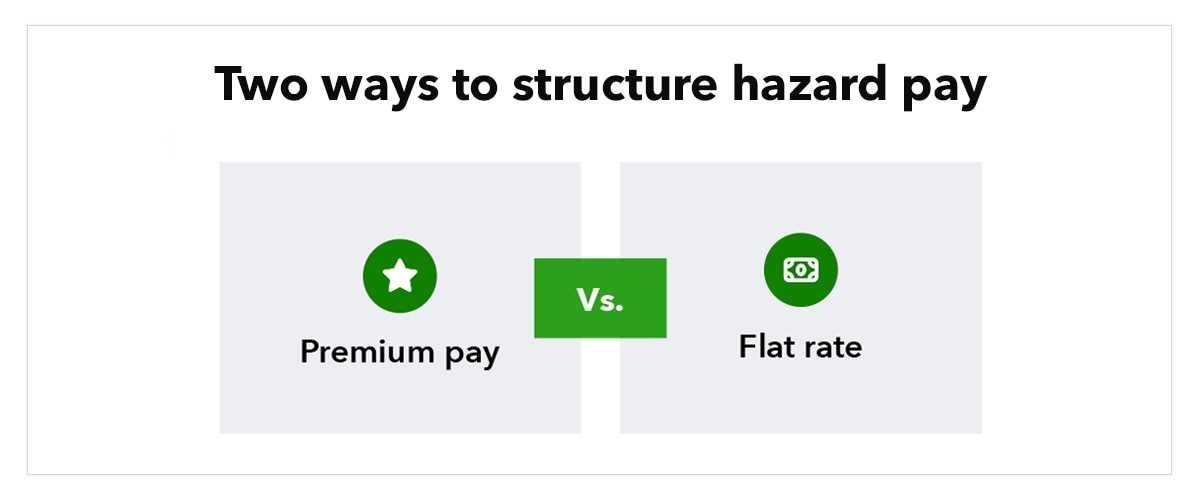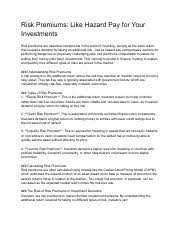Benefits of Risk Premiums
1. Higher Potential Returns
By taking on additional risk through investing in assets with higher risk premiums, you have the potential to earn higher returns compared to safer investments. This is because risk premiums compensate investors for taking on additional risk.
2. Diversification
Risk premiums can help diversify your investment portfolio by including assets with different levels of risk. By diversifying your investments, you can reduce the overall risk of your portfolio and potentially increase your chances of earning positive returns.
3. Protection Against Inflation

Some risk premiums, such as inflation risk premiums, can provide protection against inflation. Inflation erodes the purchasing power of money over time, but investments with inflation risk premiums can help offset the effects of inflation and maintain the value of your investments.
4. Access to Different Asset Classes
Risk premiums allow you to access different asset classes that may have higher potential returns. For example, investing in emerging markets or small-cap stocks may offer higher risk premiums compared to investing in large-cap stocks or developed markets.
5. Long-Term Growth Potential
Investing in assets with risk premiums can provide long-term growth potential. While these investments may experience short-term volatility, they have the potential to generate significant returns over the long term, allowing your investments to grow and compound over time.
Strategies for Maximizing Risk Premiums

1. Diversification
Diversification is a tried and true strategy for managing risk and maximizing risk premiums. By spreading your investments across different asset classes, industries, and geographies, you can reduce the impact of any single investment on your overall portfolio. This can help to mitigate the negative effects of market volatility and potential losses, while still allowing you to benefit from the potential upside of different investments.
2. Research and Analysis
3. Long-Term Perspective
Investing with a long-term perspective can also help to maximize risk premiums. While short-term market fluctuations can be unsettling, taking a long-term approach allows you to ride out temporary downturns and benefit from the potential growth of your investments over time. By staying focused on your long-term investment goals and avoiding knee-jerk reactions to short-term market movements, you can position yourself to capture higher risk premiums in the long run.
4. Active Portfolio Management

Active portfolio management involves regularly reviewing and adjusting your investment holdings to take advantage of changing market conditions and opportunities. By actively managing your portfolio, you can capitalize on investments that offer attractive risk premiums and make adjustments as needed to optimize your overall risk-reward profile. This can involve rebalancing your portfolio, adding or removing investments, and staying proactive in response to market trends.

Emily Bibb simplifies finance through bestselling books and articles, bridging complex concepts for everyday understanding. Engaging audiences via social media, she shares insights for financial success. Active in seminars and philanthropy, Bibb aims to create a more financially informed society, driven by her passion for empowering others.
